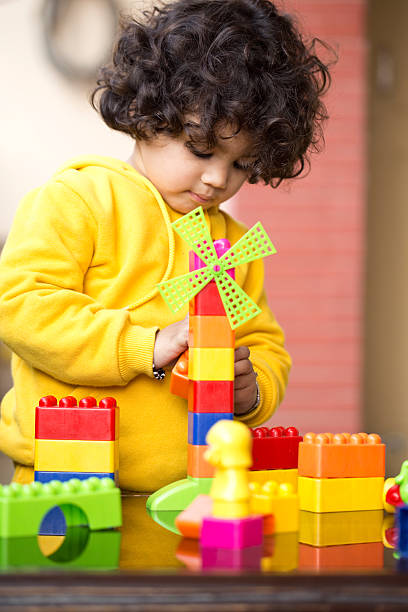Parents and caregivers already know that many children have many toys.
Between the ages of two and 12, children in the United States receive toys worth more than US$6,500 ($9,073). In Australia, the toy industry is worth over A$ 3.7 billion annually. Online toy sales have grown by 21.4% in 2021 due to lockdowns. The online toy sector is growing faster than the entire online retail industry.
As Christmas gifts begin to be given in earnest, the number of toys in Australian homes is expected to rise.
Having a lot of toys is not only bad for the environment but can also negatively affect children and their parents.
Here are some suggestions for dealing with the existing toys and the new ones arriving soon.
Too many toys can be a problem.
Toys in the home can be overstimulating for children, especially babies, and toddlers. This makes it challenging to play and learn creatively.
Toys around the home can distract children, just as cluttered offices or pantries make it hard for adults to focus.
Research has shown that fewer toys are better for the quality of playtime. This allows toddlers to concentrate on a single toy, develop concentration skills and play with more creativity.
Adults can help children develop appreciation and gratitude by reducing the number of toys. Adults can encourage children to extend gratitude and appreciation by decreasing the number of toys.
What to do when you have too many toys
Organizing toys is a great way to help children and adults.
A well-organized set of toys leads to a calmer and less stressful environment, which reduces the overstimulation of children. It also contributes to better behavioral regulation.
Reduced toys provide children with more opportunities to develop frustration tolerance. Focusing on one or two toys simultaneously can help improve problem-solving skills, independent play, and creativity.
Organizing toys is a great way to improve the structure and routine of your home.
Toys can be organized in many ways.
To begin, you should make an inventory of the toys that are in your home. Sort toys by “keep and use,” “keep-and-store” (toys with sentimental value, family heirlooms, or that are part of an extensive collection and can be stored), and “give away or sell.”
Toys for “keep and play” should be arranged so children can easily see them.
Store two-thirds of these toys. Rotate the toys you have available every month to ensure that there is a good mix of “social,” “solo,” and “good” toys.
Rotating toys are a great way to save space and keep the novelty of your toys alive.
Do there exist ‘good toys’?
The choice of toys is overwhelming. When buying toys, certain features make some toys better than others.
Toys that are “good” suit a child’s developmental stage and age. You can consult websites dealing with child development or ask the staff at specialist toy shops for advice if you need clarification on whether a toy will be suitable.
Toys must be durable and safe and should also stimulate learning. Toys should also be durable (think Lego) and be used in different ways throughout the years.
Many families do not experience the problem of too many toys, even though over 17% of Australian children live in poverty.
Toys do not have to be expensive. It’s important to remember that while Australians spend millions on toys yearly, simple items such as buckets and tubs or cardboard tubes can make great toys for young children.

